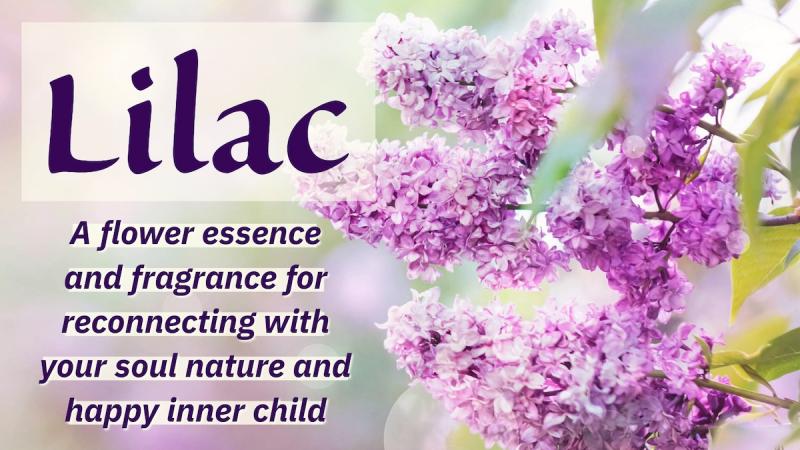
You’ve probably been told to, “Stop and smell the roses,” but I think that there are many other fragrant flowers worth stopping for, with lilac being at the top of the list. For me, lilacs are one of the heralds of spring and the lilacs in our neighborhood started blooming last week. Since then, I've paused many times to drink in the sweet floral fragrance of lilacs.
While, I have no experience using lilac (Syringa vulgaris) as a herbal remedy, I'm familiar with its uses in aromatherapy as a perfume and a flower essence. But, in my research, I found that this member of the Olive family has been used as both a medicine and as a food. So, I tried a couple of blossoms on my most recent walk. Besides being aromatic, they're a little bitter and very slightly astringent, which makes them cooling and toning.
Lilac as a Medicine and Food
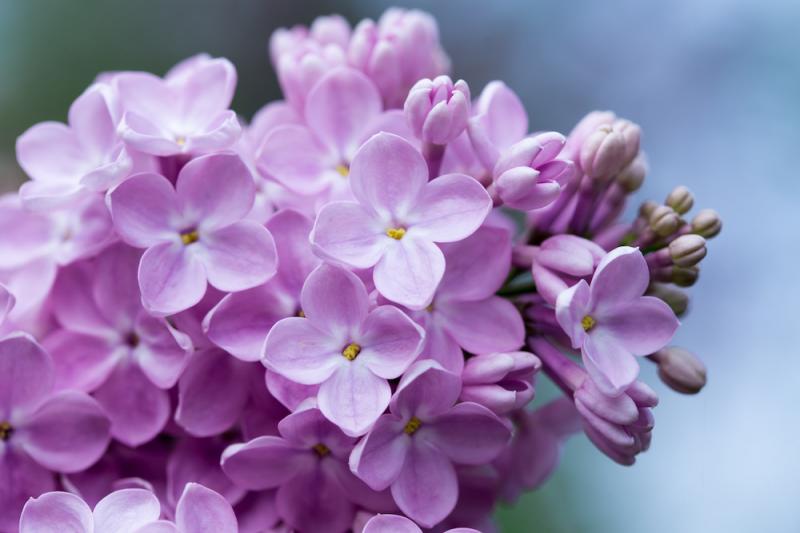 A Modern Herbal by M. Grieve lists lilac as a vermifuge and febrifuge, but there are no directions for using it. None of my favorite herb books list it and the information I could find on the internet is very limited.
A Modern Herbal by M. Grieve lists lilac as a vermifuge and febrifuge, but there are no directions for using it. None of my favorite herb books list it and the information I could find on the internet is very limited.
Since the flowers are edible, there’s no reason you couldn’t make a tea of lilac flowers and use it as a cooling, fever-reducing remedy. The leaves, being astringent could also be crushed and used as a poultice.
If you’d like to play with using the flowers as a food here are some articles I found with recipes.
Lilac Absolute
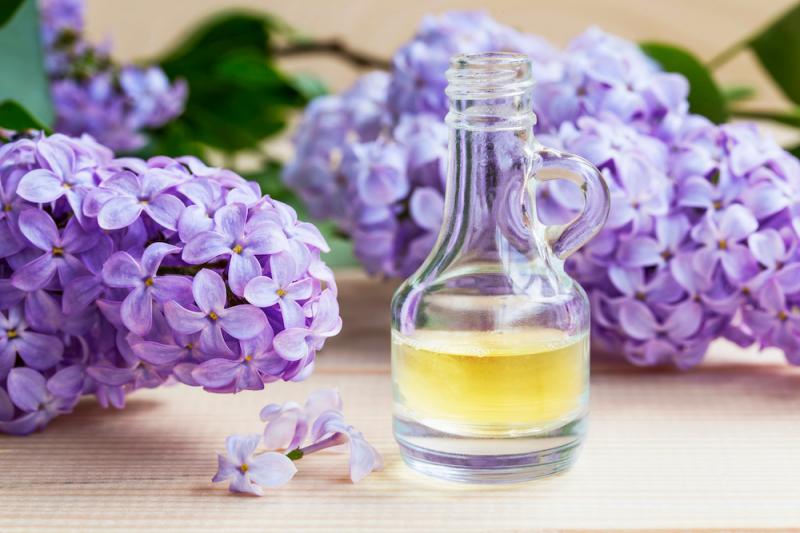 While you can find results for lilac essential oil on the internet, lilac is considered an absolute, not an essential oil, and I think products labeled as lilac essential oil are probably misleading. Most essential oils are steam-distilled. The process for making an absolute is different. Originally, the process involved pressing the flowers in fat (lard), straining them out, and then pressing more flowers into the same fat. The essential oils would be extracted in the fat preserving their aroma. This is also called an enfleurage.
While you can find results for lilac essential oil on the internet, lilac is considered an absolute, not an essential oil, and I think products labeled as lilac essential oil are probably misleading. Most essential oils are steam-distilled. The process for making an absolute is different. Originally, the process involved pressing the flowers in fat (lard), straining them out, and then pressing more flowers into the same fat. The essential oils would be extracted in the fat preserving their aroma. This is also called an enfleurage.
Today absolutes are usually made with solvents, such as hexane, toluene, or industrial-grade alcohol. There is usually some residue of the solvent left in the oil, which is a concern for many people. I’m fine with inhaling absolutes for their emotional effects and they’re good for making soaps and candles. Some may even be helpful when topically on the skin, but I would not ingest them.
Absolutes are generally heavier and thicker than essential oils, but the fragrance is typically stronger and more like the fragrance of the original plant. Some other oils extracted as absolutes include ylang ylang, rose, vanilla, and jasmine.
Lilac as an Emotional Remedy
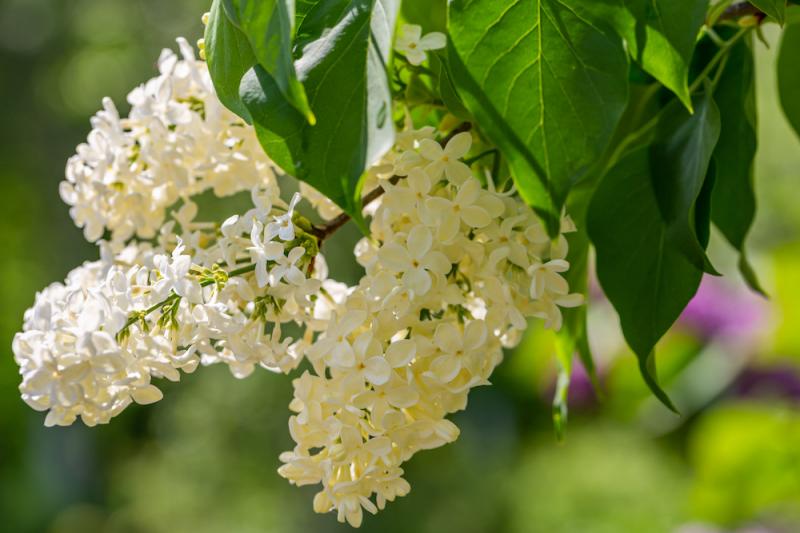 Lilac is one of the flower essences in the Range of Light group from Flower Essence Services (FES). They indicate it’s for “soul amnesia” which I interpret as forgetting our divine essence or purpose. As children, we are more in touch with who we naturally are, but as we mature we can bury that sense of our true self under layers of adaptations trying to deal with expectations, rejection, or abuse from others. This can lead to our natural happy nature as a child becoming lost, resulting in feeling isolated, sad, depressed, and disconnected.
Lilac is one of the flower essences in the Range of Light group from Flower Essence Services (FES). They indicate it’s for “soul amnesia” which I interpret as forgetting our divine essence or purpose. As children, we are more in touch with who we naturally are, but as we mature we can bury that sense of our true self under layers of adaptations trying to deal with expectations, rejection, or abuse from others. This can lead to our natural happy nature as a child becoming lost, resulting in feeling isolated, sad, depressed, and disconnected.
This matches my experience with the fragrance of lilac. It’s one of the sweet fragrances I use to reconnect someone with their pancreatic energy, the home of what I call “the playful inner child.” The inner child enjoys life and is open to all the wonderful sensations of color, sound, touch, taste, and smell that the world has to offer.
Lilac blooms in the spring, which is a time of regeneration and renewal. The earth is reborn each spring. When I smell lilac I experience a mild sense of euphoria, a child-like delight, that is both opening and lifting to my energy.
So, I think that either smelling lilac or taking it as a flower essence can help us connect with the happy child-like delight we should have in the world. The sense of wonder that makes us want to stop and smell the flowers. It can ease the workaholic mindset, bring back pleasant memories (much like honeysuckle), and open our minds and senses to experience the wonder and joy of life. According to FES it may even help with the reduction of sensory experience that can contribute to dysfunction or disease of the brain.
Using Lilac
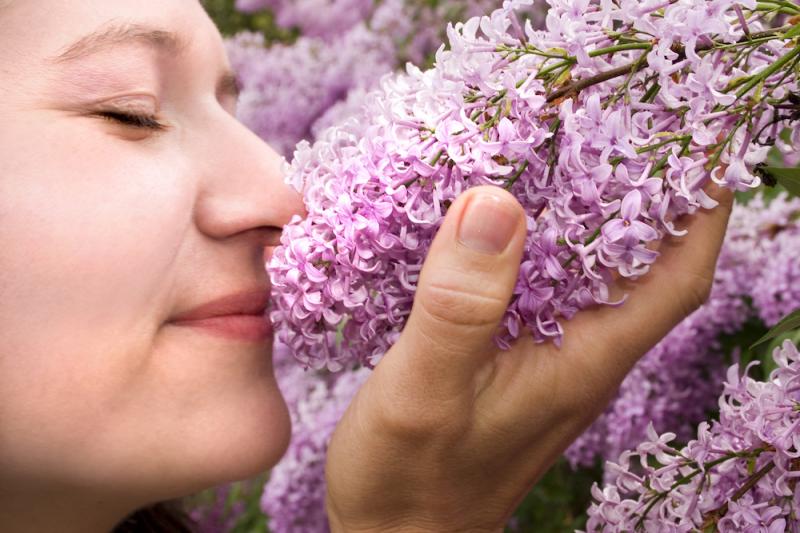 The best way to use lilac is to take it as a flower essence or to smell lilac absolute. You could also use the blossoms for tea or in recipes as referred to above. I think you could also make your own version of something similar to a lilac absolute using glycerin. I haven’t used this technique with lilac blossoms but I did it with rose petals and it worked great.
The best way to use lilac is to take it as a flower essence or to smell lilac absolute. You could also use the blossoms for tea or in recipes as referred to above. I think you could also make your own version of something similar to a lilac absolute using glycerin. I haven’t used this technique with lilac blossoms but I did it with rose petals and it worked great.
To make a glycerin absolute extract mash as many flower petals or blossoms (minus leaves, stems, brackets, etc.) as you can into a small amount of pure vegetable glycerin. Allow the blossoms to sit in the glycerin for about 24 hours. This will capture the taste and smell of the flowers. After sitting, strain out the flowers and add more fresh ones. You can do this two or three times until you have glycerin that retains the smell of the flowers. You can then take 1-2 drops at a time. It’s sort of a cross between a flower essence and an essential oil.
If you live in an area where lilac bushes grow I'd recommend stopping and smelling them when you have the chance.
Steven's Articles
-

-
The Sensible Use of Caffeinated Herbs
Kola nuts, guarana, and yerba mate and other herbs…
-

-
The Health Benefits and Problems with Coffee
This popular caffeinated beverage can be beneficial…
October
-

-
Understanding Caffeine & Cellular Adaptation
Preserving the power of caffeine's buzz and the…
September
-

-
Horseradish
A pungent spice for aiding protein metabolism…
-

-
Banaba or Crepe Myrtle
A beautiful tree from Southeast Asia whose leaves…
August
-

-
Monkeyflowers
Flower essences to help see ourselves more clearly…
-

-
Mariposa Lilies
Strengthening the bond between mother and child…
-

-
The Noble Bay Leaf
A common kitchen herb for aiding digestion and…
-

-
Epimedium: Horny Goat Weed
A circulatory stimulant and kidney yang tonic…
July
-

-
The Medicinal and Nutritional Benefits of Apricots
A nutritious fruit and valuable medicinal seed for coughs
-

-
Dogwoods
Asian dogwood is used to stop excessive discharge,…
June
-

-
Neem: The Village Pharmacy
A popular Ayurvedic remedy for dental and immune…
-

-
Spilanthes: The Toothache Plant
A traditional remedy for teeth and gums, as well…
-

-
Forsythia
An anti-inflammatory, fever-reducing, and infection fighting herb
May
-

-
Buckwheat (Kashi)
A delicious, high protein, gluten-free, gut-healthy food

